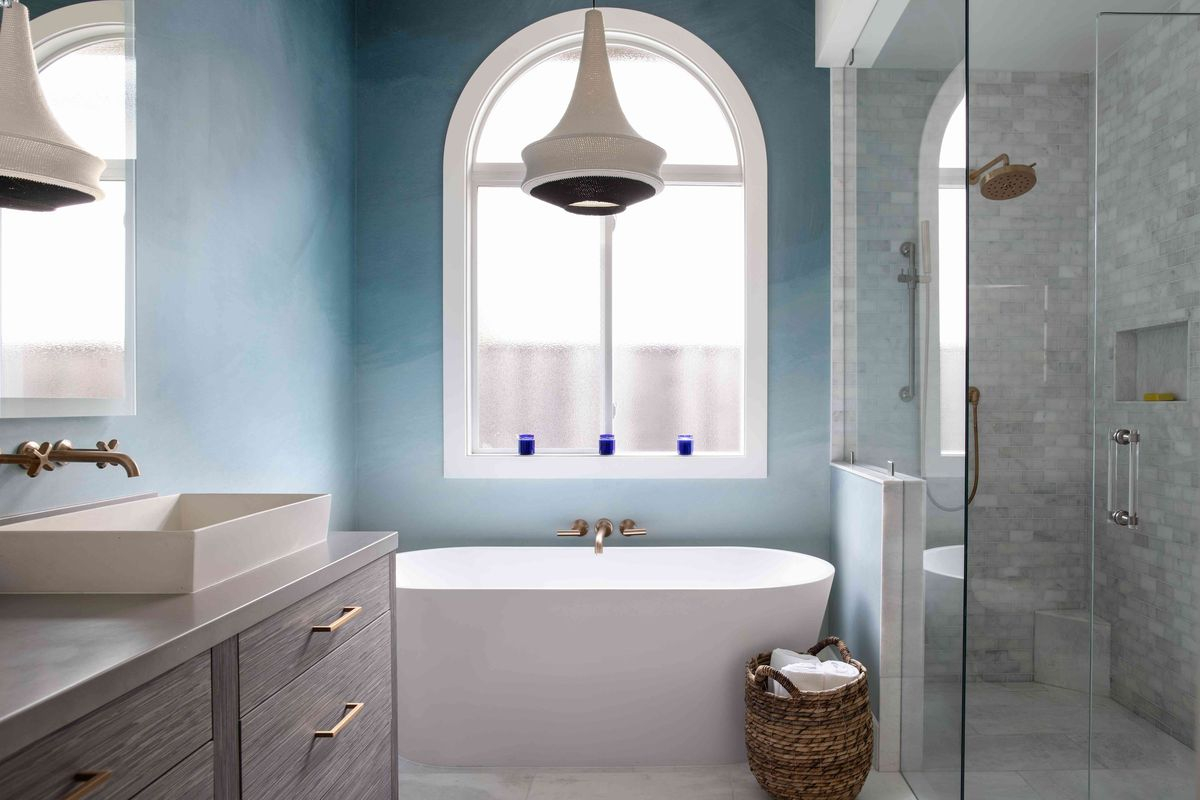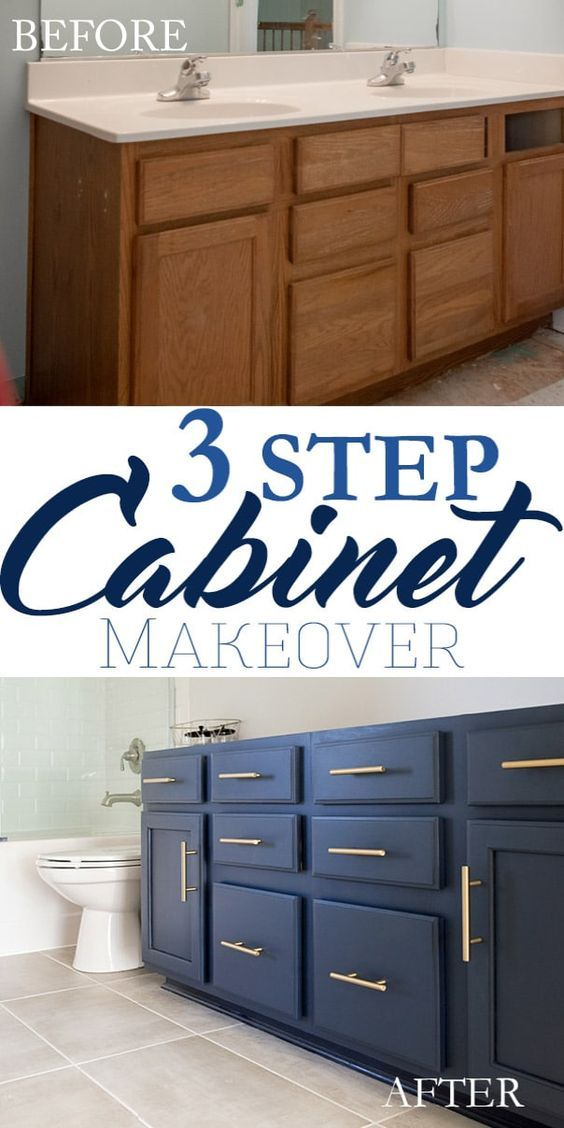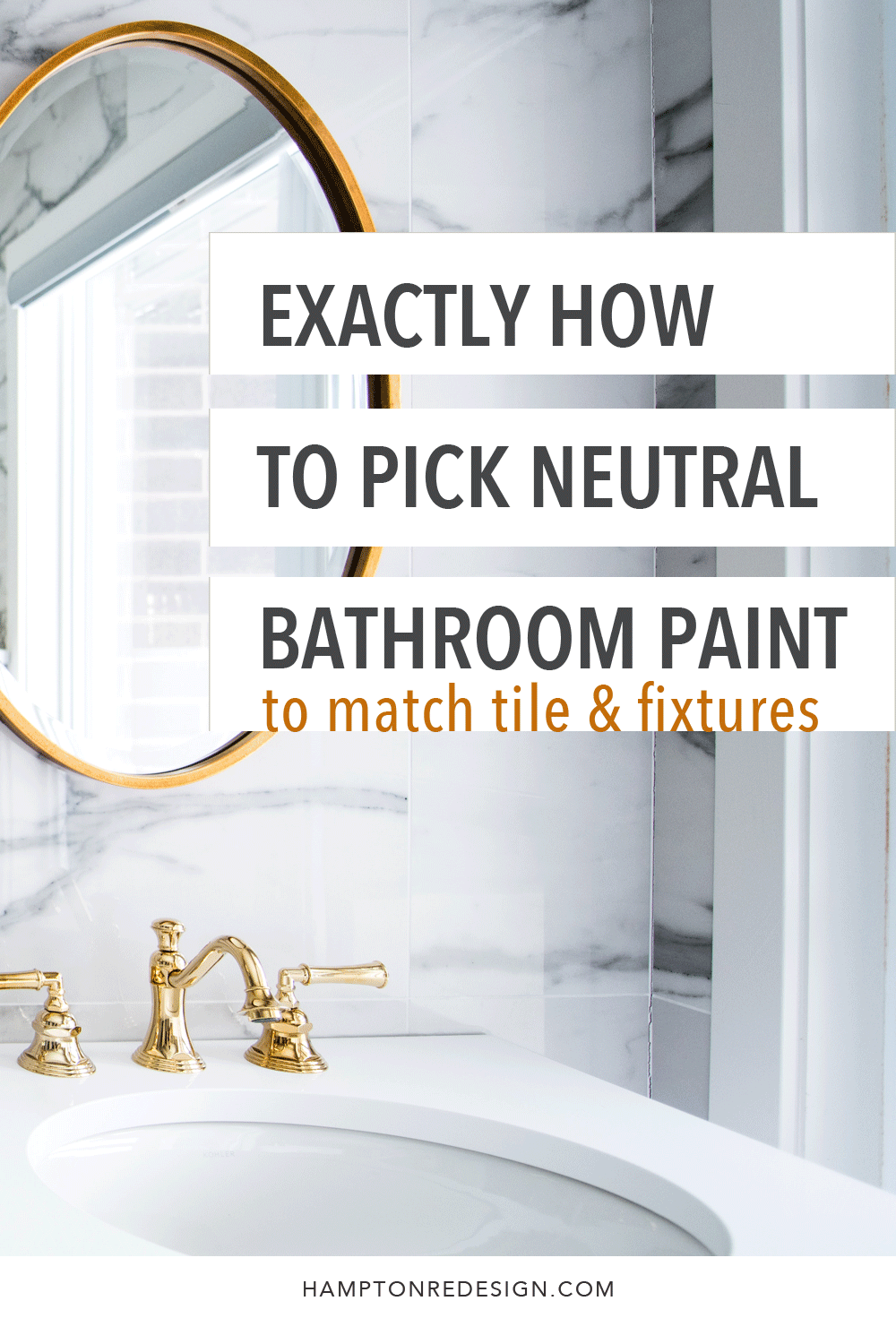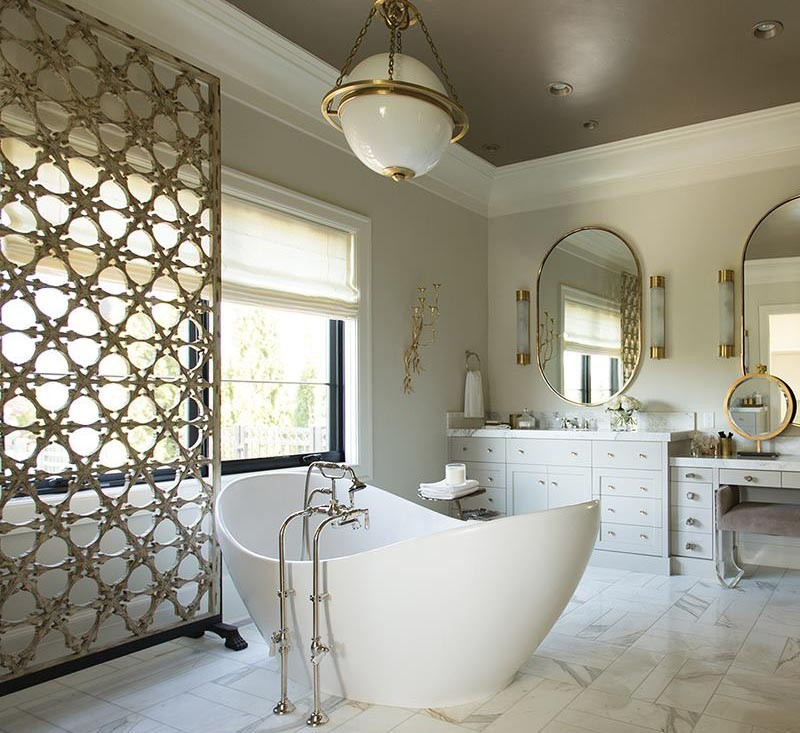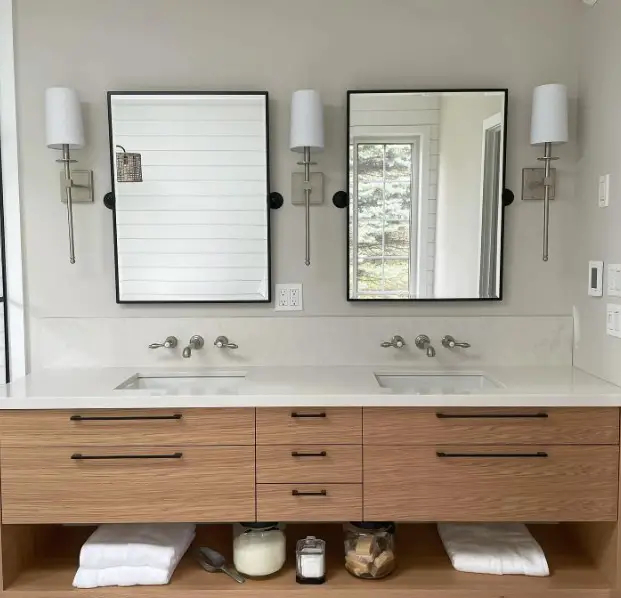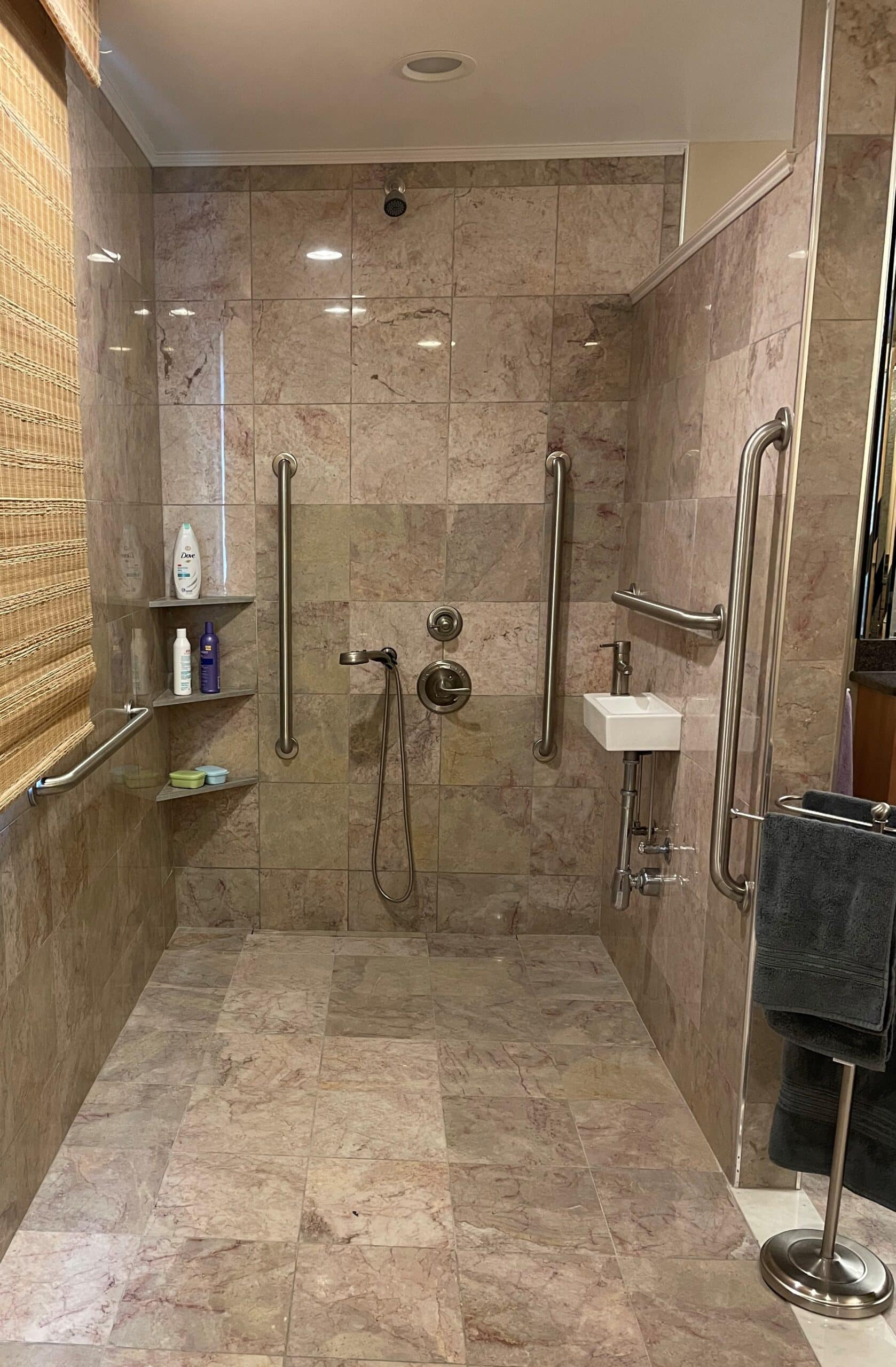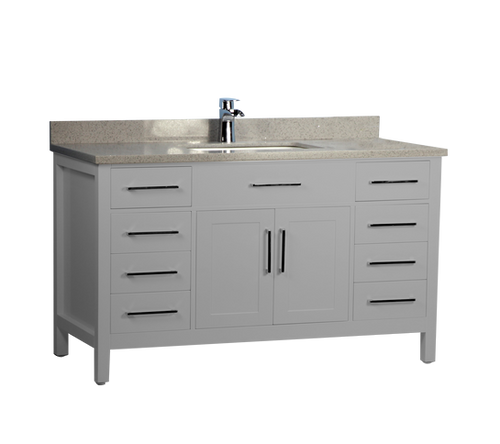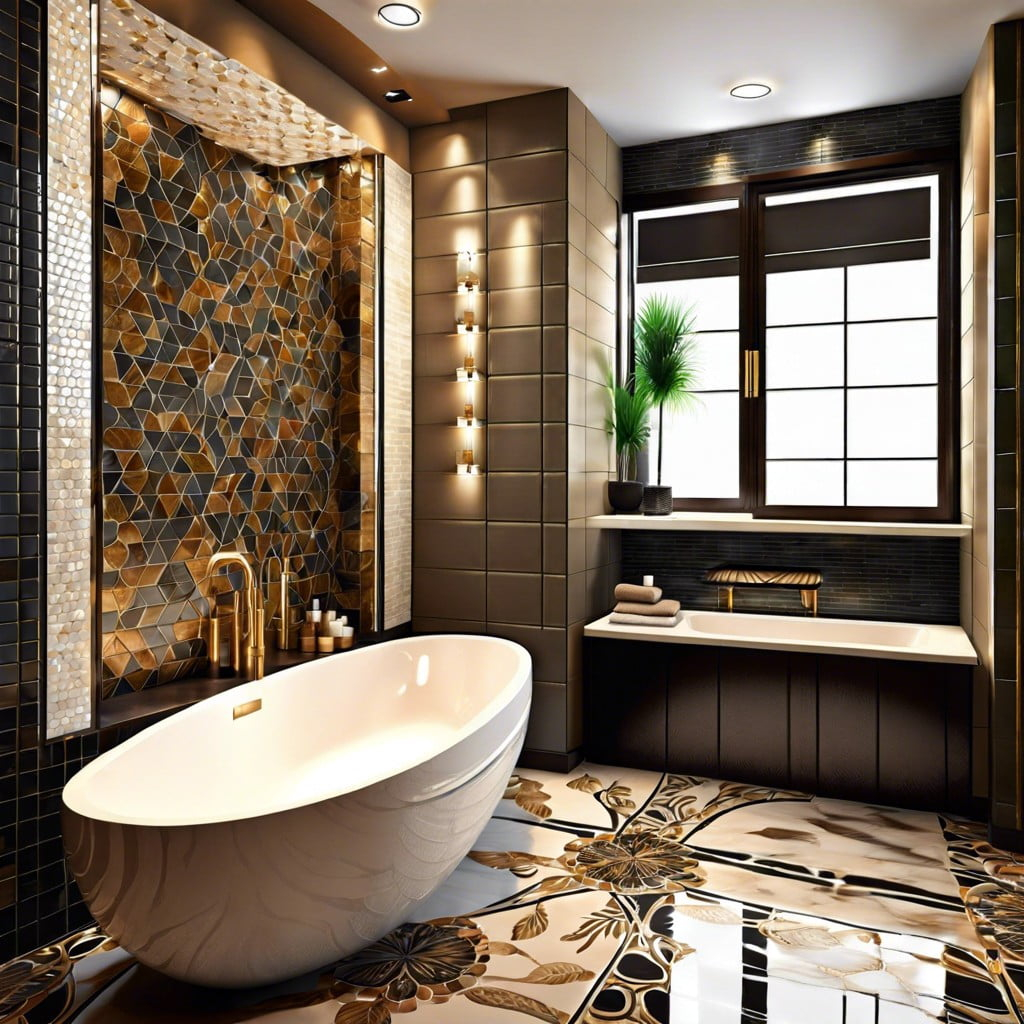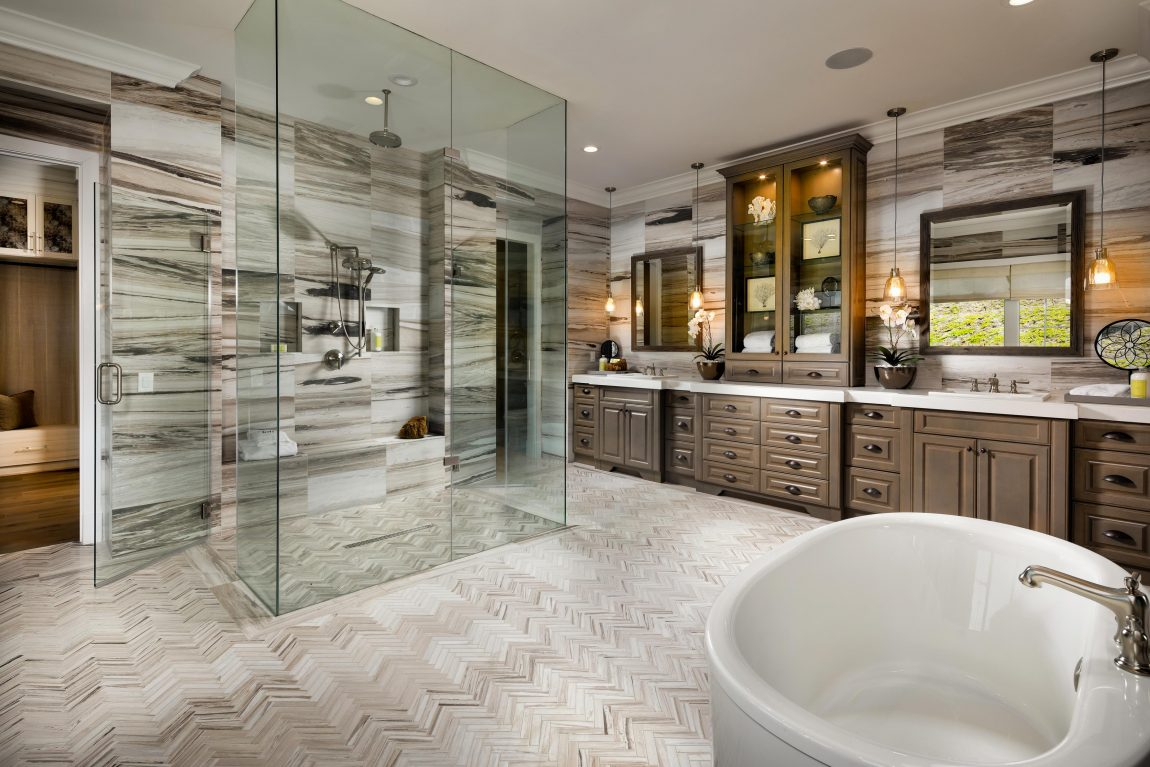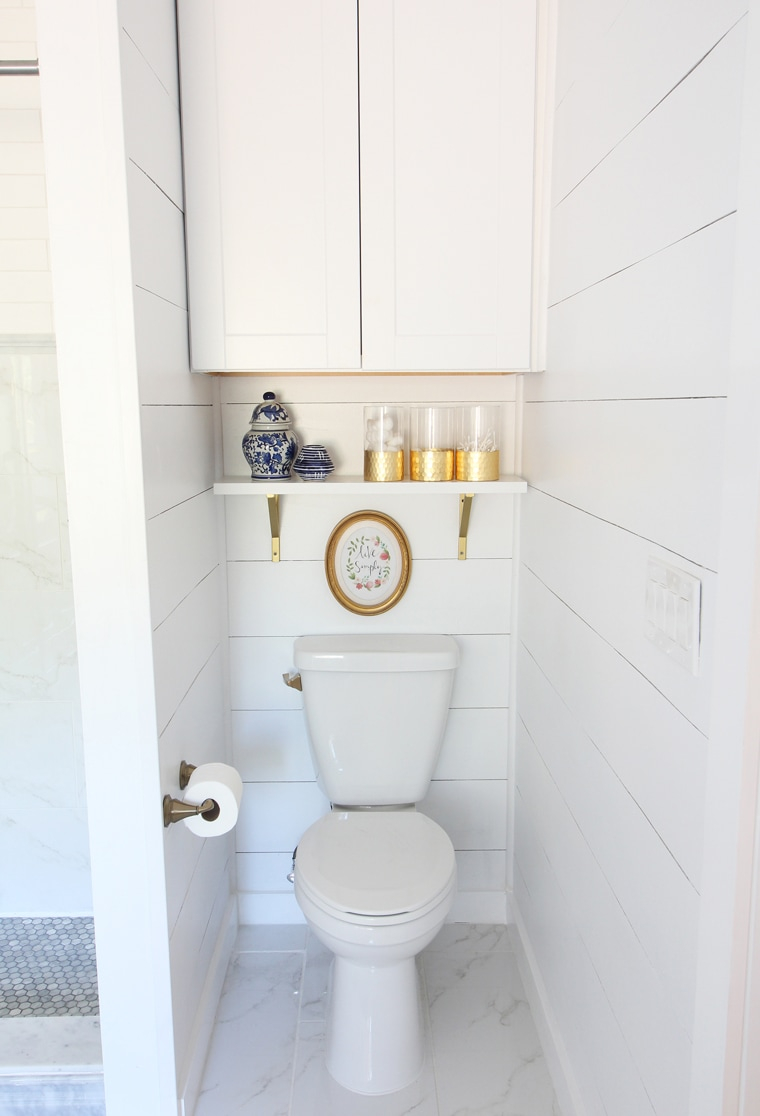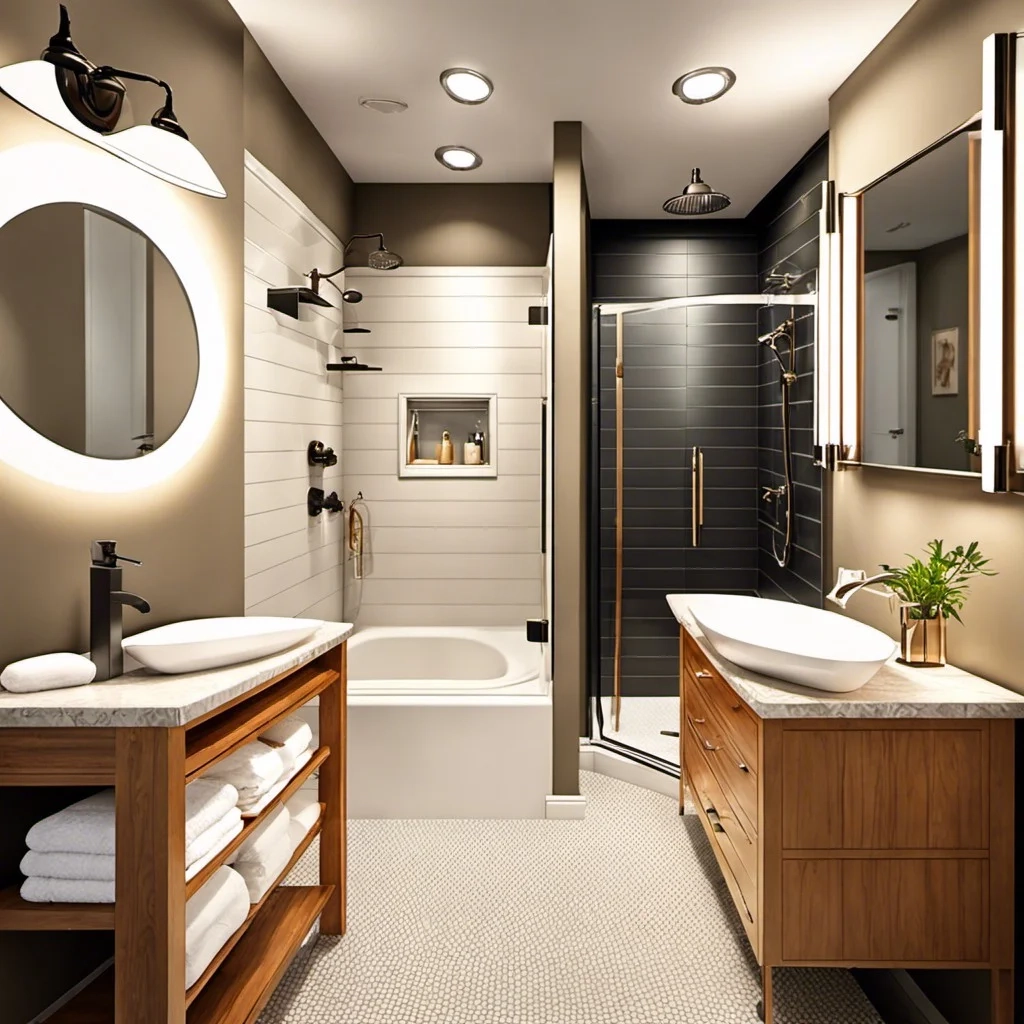Ever walked into a bathroom and felt instantly relaxed or energized? Chances are, the paint color played a huge role. It’s amazing how a simple coat of paint can completely alter the vibe of a room, especially in a space like the bathroom, which we use every single day. It’s not just about aesthetics, either; the right shade can make a small bathroom feel larger, a dark bathroom feel brighter, and a dated bathroom feel brand new. Let’s dive into how strategic paint choices can truly unlock your bathroom’s potential.
Bathrooms are often the first and last place we visit each day. They’re spaces for waking up, getting ready, and winding down. Because of this, the atmosphere we create within them can significantly impact our mood and overall well-being. Think about it: do you want to start your day feeling frazzled or refreshed? The colors surrounding you have a direct line to your emotions. Beyond mood, paint is one of the most cost-effective ways to update and personalize your bathroom. It’s a canvas for your personal style, and getting it right can make a world of difference. So, ready to make your bathroom a sanctuary? Let’s get started.
Understanding Color Psychology in the Bathroom
Colors aren’t just pretty; they have psychological effects. In the bathroom, we often crave feelings of calm, cleanliness, and rejuvenation. Blues and greens are fantastic for this. Soft blues, like a sky blue or a pale aqua, can evoke a sense of tranquility and spaciousness, reminiscent of water and open skies. They tend to make a room feel cooler and more serene. Greens, particularly those with a touch of gray or a softer, minty hue, bring a natural, calming element. They can feel refreshing and spa-like.
Conversely, warmer colors like yellows or oranges, even in muted tones, can add cheerfulness and energy, though they might be better suited for accents or smaller bathrooms where you want a burst of vibrancy. Neutrals, of course, are always a safe bet. Off-whites, light grays, and beiges offer a clean, sophisticated backdrop that allows your fixtures and accessories to shine. They’re versatile and timeless, providing a sense of order and calm. It’s all about matching the color to the feeling you want to cultivate in your private space.
Making Small Bathrooms Feel Bigger
Ah, the cozy, shall we say, intimate bathroom. We’ve all been there. The secret weapon for making a small bathroom feel more expansive is color. Lighter, cooler tones are your best friends here. Think pale blues, soft grays, off-whites, or even a very light lavender. These shades reflect light, making the walls seem to recede and giving the illusion of more space.
Another trick? Painting the ceiling a slightly lighter shade than the walls, or even white, can draw the eye upward, creating a sense of height. Using a satin or semi-gloss finish can also help. These finishes reflect light more than matte finishes, bouncing it around the room and contributing to that feeling of openness. Avoid dark, heavy colors or dramatic accent walls in tiny bathrooms, as they can make the space feel even more enclosed. Keep it light and bright!
Brightening Up Dim Bathrooms
Many bathrooms, especially those without windows, can feel a bit gloomy. The right paint color can combat this effectively. Again, light colors are key. Whites and off-whites are excellent for maximizing the available light. They act like mirrors, bouncing whatever light you have around the room.
Consider colors with a bit of warmth, even if they’re light. A creamy white or a pale, buttery yellow can make a space feel more welcoming and less sterile than a stark white. If you love a bolder color, perhaps use it as an accent on just one wall, paired with lighter shades elsewhere. Or, choose a saturated color in a lighter, more muted tone. For instance, a dusty teal or a muted plum can add personality without darkening the space considerably. And don’t forget to pair your paint choice with good lighting – it’s a dynamic duo for brightening any dim corner.
Choosing the Right Paint Finish
The finish, or sheen, of your paint is just as important as the color, especially in a bathroom. Bathrooms are high-moisture environments, and they need paint that can withstand humidity and frequent cleaning.
- Matte/Flat: Generally not recommended for bathrooms. They absorb light and can be harder to clean, making them prone to showing water spots and mildew.
- Eggshell/Satin: These are popular choices. They offer a good balance between durability and a subtle sheen. They’re more washable than matte finishes and can handle moisture better.
- Semi-Gloss/High-Gloss: These are the most durable and moisture-resistant options. They reflect a lot of light, which can be great for making a space feel brighter and larger. However, high-gloss finishes can highlight imperfections on the walls, so your surface prep needs to be top-notch.
For most bathrooms, an eggshell or satin finish is a great compromise. If you have a particularly steamy bathroom or want an extra-durable finish, consider semi-gloss.
Practical Tips for Painting Your Bathroom
Ready to grab a brush? Here are a few pointers to make the process smoother and the results fantastic:
- Prep is Paramount: Clean your walls thoroughly. Remove any soap scum, mildew, or dust. Lightly sand any glossy surfaces to help the new paint adhere.
- Use a Primer: Especially if you’re going from a dark color to a light one, or if you have stains. A good quality primer designed for bathrooms will ensure better coverage and a more even finish. Look for mildew-resistant primers.
- Ventilate: Open windows and doors, and use a fan. This helps the paint dry faster and keeps the air fresh while you’re working.
- Cut In Carefully: Use an angled brush to paint along the edges of the ceiling, trim, and corners. This creates a clean line for your roller.
- Roll with the Flow: Use a roller with the appropriate nap for your wall texture. Apply paint in a ‘W’ or ‘M’ pattern, then fill in the gaps with even, overlapping strokes. This ensures consistent coverage.
- Allow Drying Time: Follow the manufacturer’s instructions for drying times between coats. Rushing this can lead to an uneven finish.
- Consider the Humidity: Avoid painting right before or after a shower if your bathroom is very humid. Give the paint plenty of time to cure in a drier environment.
Beyond the Walls: Painting Other Bathroom Elements
Don’t limit your painting endeavors to just the walls! There are other elements in your bathroom that can benefit from a fresh coat of paint, breathing new life into the entire space.
- Cabinets and Vanities: A tired wooden vanity can be completely transformed with a coat of paint. Opt for durable enamel paints designed for cabinets. Popular choices include crisp white, classic gray, or even a bold navy for a modern look. Ensure you properly prep by cleaning, sanding, and priming.
- Trim and Doors: Don’t forget the baseboards, door frames, and the bathroom door itself. Painting these elements in a contrasting or complementary color can add architectural interest. A crisp white trim against a soft blue wall, for example, can be quite striking.
- Tiles (with caution): While not always the most durable option, you can paint tiles, especially if they’re dated or you’re on a tight budget. Use specialized tile paint and a high-quality primer. This is often best for backsplashes or areas with less direct water contact.
These small projects can have a big impact, making your bathroom feel cohesive and thoughtfully designed.
So there you have it. The humble paint can holds immense power to transform your bathroom from a purely functional space into a personal retreat. Whether you’re aiming for a spa-like sanctuary, a bright and airy feel, or a cozy haven, the right color and finish can get you there. Remember to consider color psychology, how light plays in your space, and the practical needs of a bathroom environment. With a little planning and the right approach, you can unlock your bathroom’s full potential and create a space you truly love spending time in. Happy painting.

